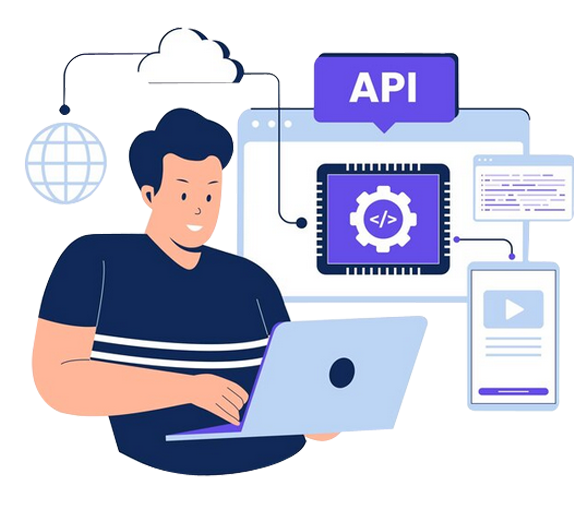
ManageMent Information System
MIS provides real-time data that is crucial for informed decision-making. operational efficiency, data management, collaboration, customer service, and strategic planning.

MIS provides real-time data that is crucial for informed decision-making. operational efficiency, data management, collaboration, customer service, and strategic planning.
Choosing us for your corporation's MIS application development ensures Customized solutions that improve efficiency, decision-making, and manageability. We specialize in development of bespoke MIS applications that are designed to meet your organization"s unique requirements and workflows.
By choosing Orisys Infotech, you invest in a solution that not only meets your current needs but also accommodate to future challenges, encouraging long-term progress for your corporation.

The User Management Module is one of the important components of Management Information Systems (MIS) applications. It addresses controlling access, ensuring security, and regulating users' interaction in the system. The functionality of the user management module is as follows:
The Inventory Management System (IMS) integrated within a MIS application is a vital element, designed to deliver a solution that is both capable of being expanded and highly efficient for managing inventory effectively. This system plays a vital role in enhancing stock tracking, Improving efficiencies, and enhancing decision-making processes across various business functions. Here's an overview of its functionalities

Developing a Tender Sales Process in an MIS application involves creating a thoroughly arranged and efficient workflow to manage tendering activities.
Orisys Infotech successfully incorporated the following components into an MIS application, so as to enhance the tender sales process, improve decision-making, and maximize business value in procurement activities.

Building a customized e-auction sales process within an existing Management Information System (MIS) demands the strategic incorporation of appropriate workflows, real-time data synchronization, and user-focused design. The following is a systematic approach based on best practices in the industry and research findings:
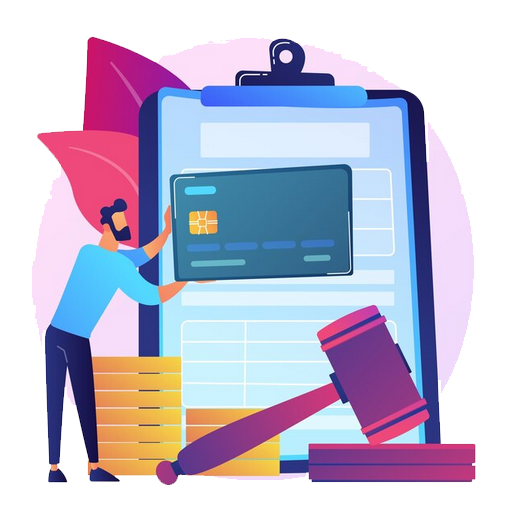

The ONLINE MONEY RECEIPT module within an MIS application automates the process of receiving and tracking incoming payments. This module usually consists of features like:
Developing a DOCUMENT GENERATION PROCESS in an MIS application involves creating a structured, automated workflow to produce, manage, and distribute documents efficiently. Below is an overview of the development process:
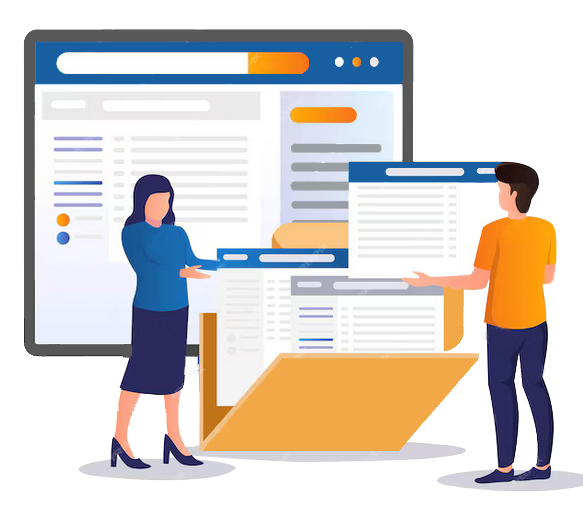

The BILLING AND DISPOSAL module in an MIS application is designed to automate and streamline the processes of billing, payment tracking, and disposal management. Below is a structured approach to its development:
Direct API integration with the Government of India's GST Portal facilitate businesses to simplify their tax compliance procedures by automating critical operations.
The integration offers a smooth interface between a business's internal systems and the GST Network (GSTN), make possible real-time interactions and data exchange. The following are the primary operations that can be performed through this integration :
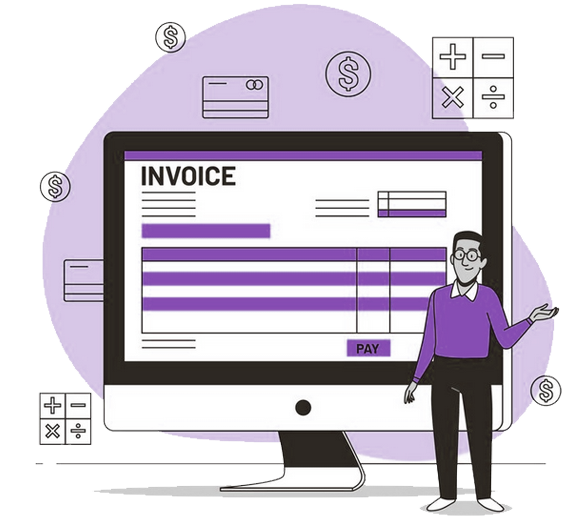
The AFTER SALES MANAGEMENT module in MIS application is crucial for excellent customer satisfaction and assure long-term business relationship by providing active after-sale support.
This module comprises a variety of features and functionalities designed to monitor after-sales processes, manage customer interactions, and observe service performance. Below is mentioned on the key features of this module.

The development of a Ledger Management System within the finance module of MIS application is essential for maintaining systematic and correct financial records, ensuring compliance, and allow to happen efficient financial reporting. Below is mentioned the key components of ledger management :


The development of a Bank Management module within the MIS application is essential for automation and systematization of banking operations. This module comprises various functionalities that add to operational efficiency, improve customer service, and ensure best practices with industry standards. Key components of Bank Management as mentioned as below:
The development of a Term Deposit Receipt (TDR) in MIS application involves incorporation of functionalities that allow corporations to proficiently handle TDR related operations. Below is an overview of the key features of the TDR Module. :

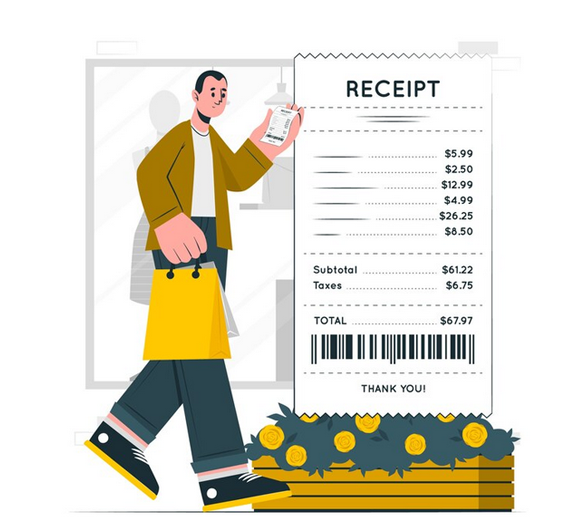
The development of Interdepartmental Transfers (IDT) functionality in MIS application involves creating an efficient operation for managing internal financial transactions between departments. Below is a detailed features of this modules mentioned in points:
The creation of a Voucher Management System within MIS application leads to establishing an extensive framework to manage different types of vouchers, such as journal vouchers, payment vouchers, and receipt vouchers. Here is a detailed overview of the essential components:

The development of a taxation module Suggests a detailed and well-planned structure to manage tax-related processes efficiently. This module is essential for conformity to industry standard with tax regulations, improving tax administration, and enhancing the overall efficiency of tax collection. Below is a detailed overview of the key features of this module mentioned points.
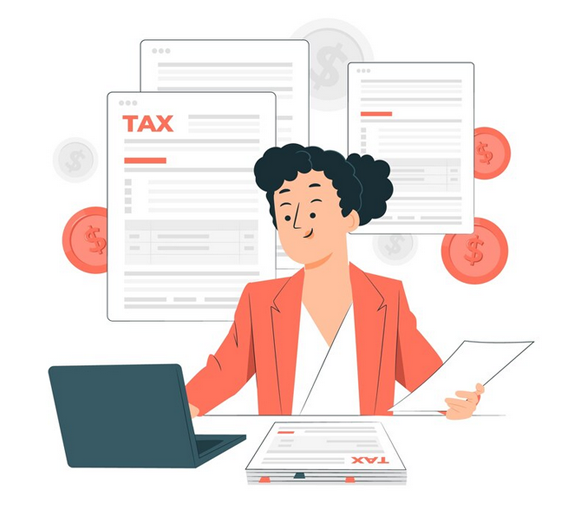
E-Invoicing API integration to interact with GST PORTAL of GOVT. OF INDIA to check GSTIN details of Customers, to generate GST Invoice Against B2B Sales of Items to Customers with Scope to Cancel e-Invoice (if required)
Banking API Integration to mark customers as Beneficiary and to instantly transfer fund from Own Account to Party Account.
Payment Gateway Integration to facilitate customers to pay online.
POS API Integration to facilitate customers to pay through POS Devices at different retail Sales Counters.
Digital Signature Certificate Integration to generate Digitally Signed documents
SMS Gateway Integration to send SMS on different instances.
